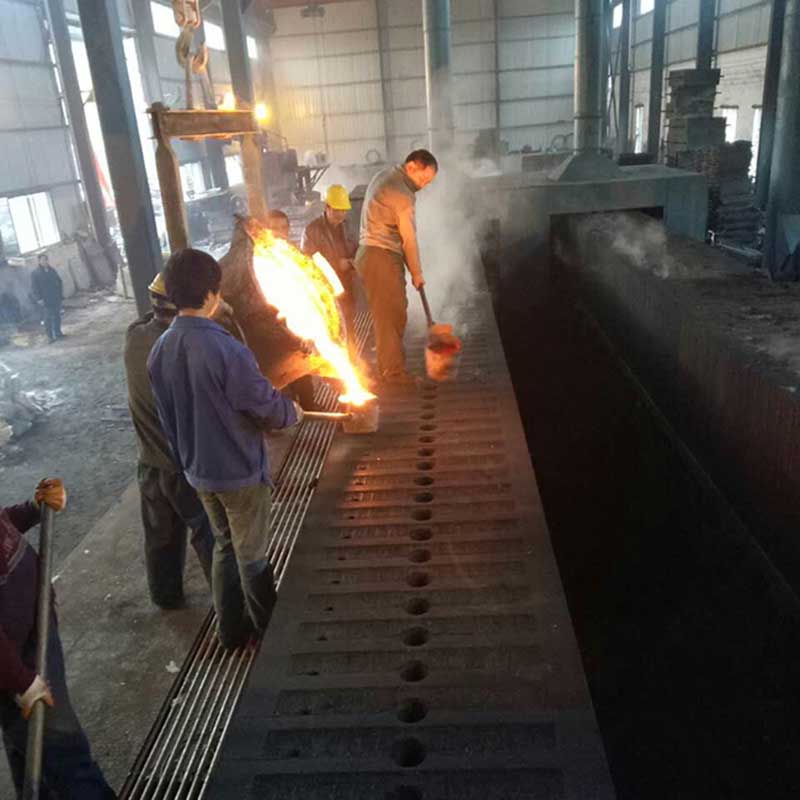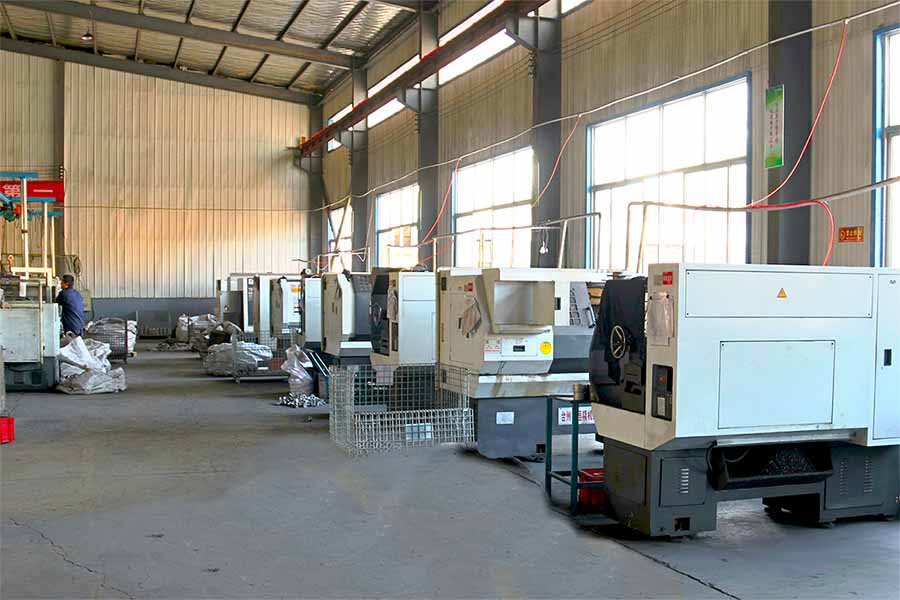Manufacturing is involved in turning raw materials to finished products to be used for some purpose. In present age there have been increasing demands on the product performance by way of desirable exotic properties such as resistance to high temperatures, higher operating speeds and extra loads. These in turn would require a variety of new materials and its associated processing. Also, exacting working conditions that are desired in the modern industrial operations make large demands on the manufacturing industry.
Further, the economics of the manufacturing operation is a very important consideration. To be viable aesthetic appeal. Therefore, it is necessary for the engineer to give a proper thought to various aspects of manufacturing.
Manufacturing processes is a very fundamental subject since it is of interest not only to mechanical engineers but also to those from practically every discipline of engineering. It is so because engineering as a whole is meant for providing various materials for human consumption. For various products such as plant machinery required for chemical, civil, electrical, clectronic, textile, etc, the manufacturing process forms a vital ingredient.
A detailed understanding of the manufacturing processes is thus essential for every engineer. This helps him appreciate the capabilities, advantages and also the limitations of the various manufacturing processes. This in turn helps in the proper design of any product required for him. Firstly, he would be able to assess the feasibility of manufacturing from his designs. He may also find out that there are more than one process available for manufacturing a particular product and so he can make a proper choice of the process which would require the lowest manufacturing cost and would deliver the product of desired quality. He may also modify his design slightly to suit the particular manufacturing process he choose
Manufacturing is defined as to make into a product siutable to use. Manufacturing remained as a craft till the first industrial revolution towards the end of 18th century with low volumes and single-piece productions. It required hightly skilled craftsmen to individually produce the pieces and fit them when the assembly was required. This was a slow and expensive process, but in the absence of any machines, that was the only thing that was possible. The availability of the steam engine and coal-fire furnaces made the invention of a number of steam-power driven machinery to greatly increase the manufacturing capacity. A large number of inventions related to machine tools took place during this per and continued into the 19"century. Towards the end of the 19 century with the invention of electricity and better engineering materials, manufacturing operations became more productive. The developments in the automobiles at the beginning of the 20th century are instrumental in the growth of a variety of manufacturing methods and pactices.
There are a large number of processes available to the engineer for manufacture. These processes can be broadly classified into four categories.
(a) Casting processes (b) Forming processes
(c) Fabrication processes (d) Meterial removal processes
1. Casting Processes
These are the only processes where liquid metal is used. Casting is also one of the oldest known manufacturing processes. It requires preparation of a cavity usually in a refractory material to resemble closely the final object to be made. Molten metal is poured into this refractory mould cavity and is allowed to solidify. The object after solidification is removed from the mould. Casting processes are universally used for manufacture of a wide variety of products. The principle process among these is sand casting where sand is used as the refractory material. The process is equally suitable for the production of a very small batch as well as on a very large scale.
Some of the other casting processes for specialised needs are:
- Permanent-mould casting
- Sell-mould casting
- Precision-Investment casting
- Centrifugal casting
- Die Casting
- Paster-mould casting
Molten Metal Pouring at Casting Foundry:

These are solid state manufacturing processes involving minimum amount of material wastage and faster production. In a forming process, the metal may be heated to a temperature, which is slightly below the solidus temperature and then a large force is applied such that the material flows and takes the desired shape. The desired shape is controlled by means of a set of tools called dies, which may be completely closed or partially closed during manufacture. These processes are normally used for large-scale production rates. These are generally economical and in many cases improve the mechanical properties too.
Some of the metal forming processes are:
- Rolling
- Extrution
- Drop forging
- Wire drawing
- Press forging
- Sheet metal operations
- Upset forging
3. Fabrication Processes
These are secondary manufacturing processes where the starting raw materials are processed by any of the previously manufacturing proceeses described. It essentially, involves joining pieces either permanently or temporarily so that they would perform the necessary function. The joining can be achieved by either or both of heat and pressure and/or a joining material. Many of the steel structural constructions we see are first rolled and then joined together by a fabrication process.
Some of the processes of interest in this category are:
- Cold welding
- Gas welding
- Electric arc welding
- Brazing
- Electric resistance welding
- Soldering
- Thermit welding
4. Material Removal Processes
These are also secondary manufacturing processes where the additional unwanted material is removed in the form of chips from the blank material by a harder tool so as to obtain the final desired shape Material removal is normally the most expensive manufacturing process because more energy is consumed and also, a lot of waste material is generated in the process. Still this is widely used because it delivers very good dimensional accuracy and good surface finish. It also generates accurate contours. Material removal processes are also called machining processes.
The various processes in this category are:
- Grinding
- Turning
- Drilling
- Shaping and planing
- Sawing
- Milling
- Broaching
Precision CNC Machining Workshop:

All these manufacturing processes have been continuously developed so as to obtain better products at a reduced cost. Of particular interest is the development of computers and their effect on the manufacturing processes. The advent of computers has made a remarkable difference to most of the above manufacturing processes. They have contributed greatly to both automation and designing the process.
 русский
русский



